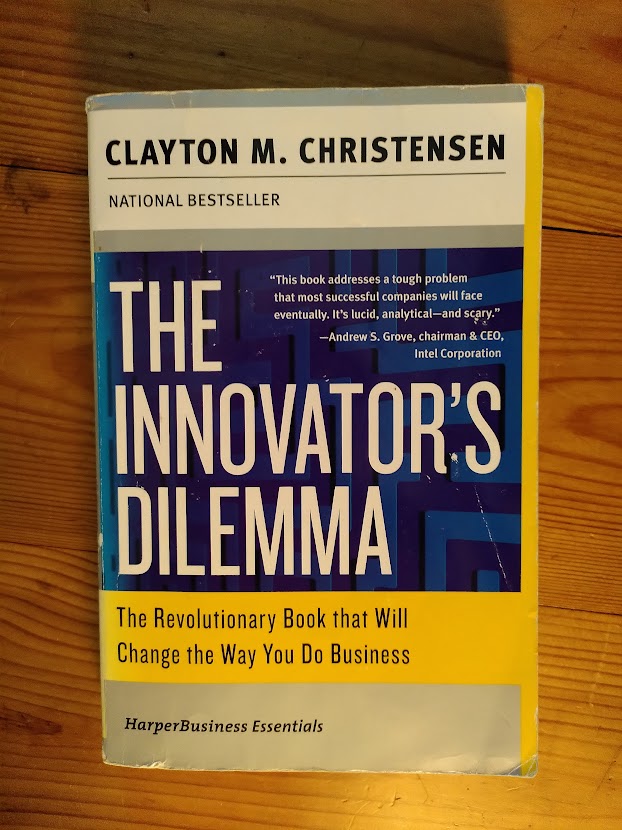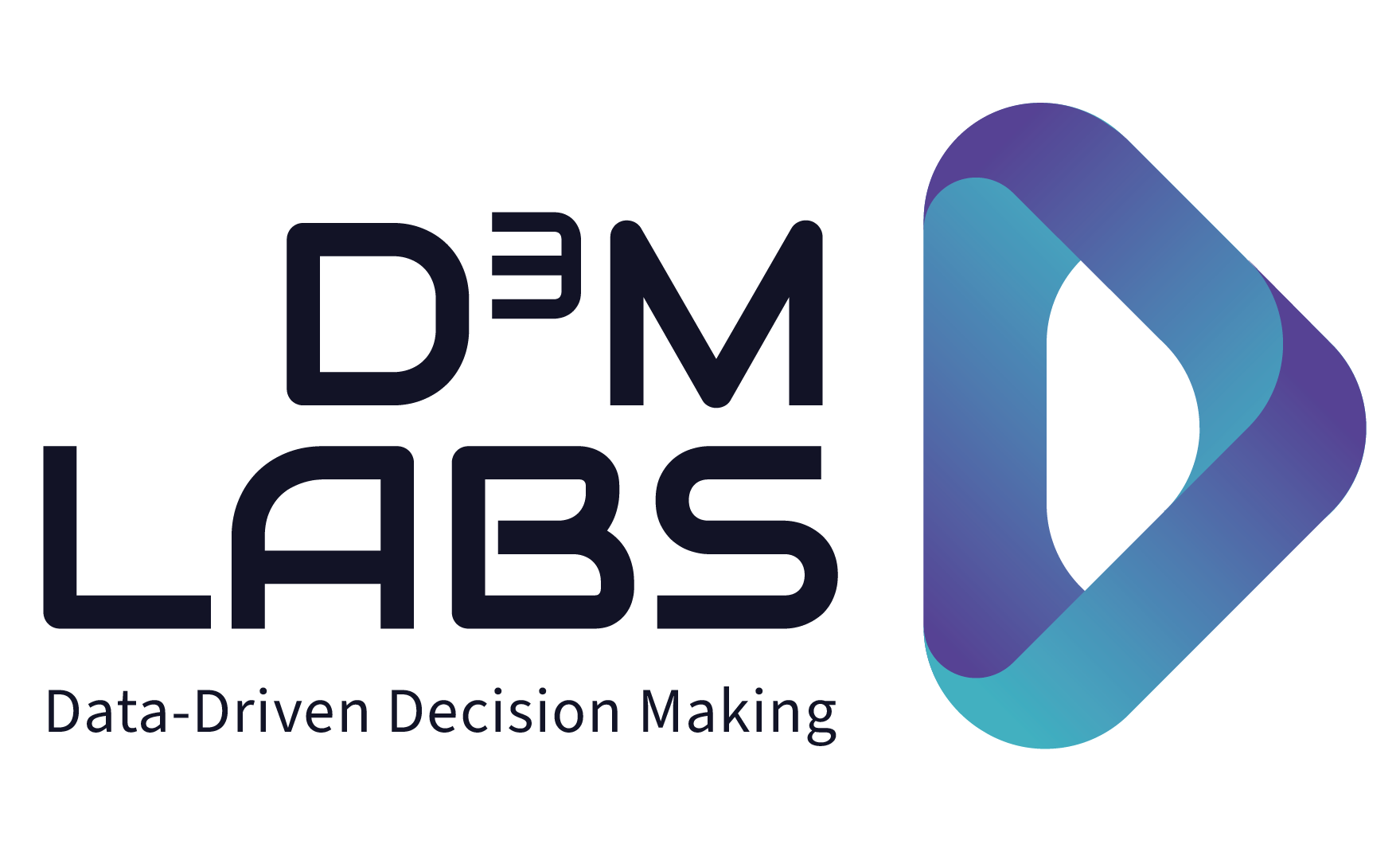For the past 3 years, I have met a game changer on a weekly -even daily- basis, supposedly, if I were to take the pitches and the networking chit-chat literally.
Too many pitches sound like this:
We are the (Uber, Tinder, Airbnb, Facebook, Google) of X industry and we will change the world.
Berlin, Stockholm, New York are the startup hubs I am most familiar with. Although disparate in national culture, economic system and technological focus, one constant is that they have a collective drum beat of favorite technologies, local heroes, buzzwords, presentation styles- and yes fashion. Berlin loves ecommerce. Everybody has an opinion of the Samwer brothers. Creating an online market place has been the gravity of the Berlin startup scene for decades (thankfully this is changing with new arrivals to the scene and evolving IPO generations). Berlin is a graveyard of startups who have tried to revolutionize how we do something analog by bringing it online. Moving, how women shop, how we upskill.
and / or marketing to a micro customer segment by creating demand for a luxury, for example curated snacking, ordered online.
Shallow innovation
These startups all had what I call shallow innovations. Successful shallow innovation creates and executes a use case for proven technology in a way that is sustainably profitable and/or beneficial to society. I created this term to help clients conceptualize the difference between value created by deep innovation, i.e. disruptive technological or scientific innovation, and those created by shallow innovation coupled with wonderful execution.
Shallow innovation can be hugely impactful. Coursera is my favorite example of how an online platform can disrupt the way we upskill, using some of the world’s best universities as a partner basis.
Let me say there are real people behind those links to failed companies whom I have met and even liked. These individuals are going through a rough time not because they are shallow people, but because their business models and/or execution were unsustainable and did not fit the market. I will also add that shallow innovators can fail because their investor’s pockets are not deep enough to enable execution excellence as well.
So how can you tell a fast follower from an actual visionary, an independent thinker from a somebody who passes along their own mix of buzzword bingo?
Depth can come from actual disruptive technological innovation, as well as brilliant business model and process model innovation and execution.
To answer the visionary vs. fast follower question, I consulted the experts:
Schumpeter wrote about „creative destruction“ being driven by innovation that must destroy existing paradigms to create new, more advanced paradigms. In his view, the economy undergoes an evolutionary process, thus he coined the term evolutionary economics. His work focused on large companies. Business model innovation and execution excellence can be just as creatively destructive as technological innovation. Look at what Japanese-developed just-in-time did to the US auto industry in the 1980’s and 90’s.
Clayton Christensen, is best known for his book „The Innovator’s Dilemma,“ where he describes innovation as an S-curve, on which a disruptive innovation can start with a small value disruption and incrementally work its way up to becoming a high value disruption that enables innovators to displace established competitors. The answer to my question according to this theory is similar to that with Schumpeter, except for the fact that Christensen puts more emphasis on the innovative power of smaller firms disrupting an industry by focusing on a small niche that is ignored by larger incumbent players.
Christensen differentiates between sustainable innovation and disruptive innovation.
Sustainable innovation builds on an existing paradigm and is often an area where incumbents have the advantage.
Disruptive innovation changes the paradigm, and that is where startups can change the game.
Christensen also differentiates between:
Technological innovation, which is a new technological product that is brought to market.
Process innovation, which is mostly an innovation in how things are done, including business models.
The important take away for founders and investors is that process innovations focused on business models and execution, shallow innovation, can disrupt if executed well.

Shallow innovation CAN be powerful. Coursera disrupted how people can access universities and upskill.
On disruptive technology I find hopeful is an Israeli startup Healthymize. The times of Israel reported that this startup developed technology that uses artificial intelligence to analyze voice and breathing of patients to detect symptoms of certain diseases.
Shallow technology can be hugely impactful and good for society. Bloomberg reported about by Shafi Ahmed, a surgeon uses snapchat to train and help doctors all over the world.
Even the oldest analog activity in the world is going digital. I co-presented with MysterVibe at a Betahaus-hosted TOA event back in 2015. Since then the team has come a long way. They are bringing AI to the bedroom, helping couples use technology to „set the“ mood. I’ll leave it to you to determine the nature of their innovation.

